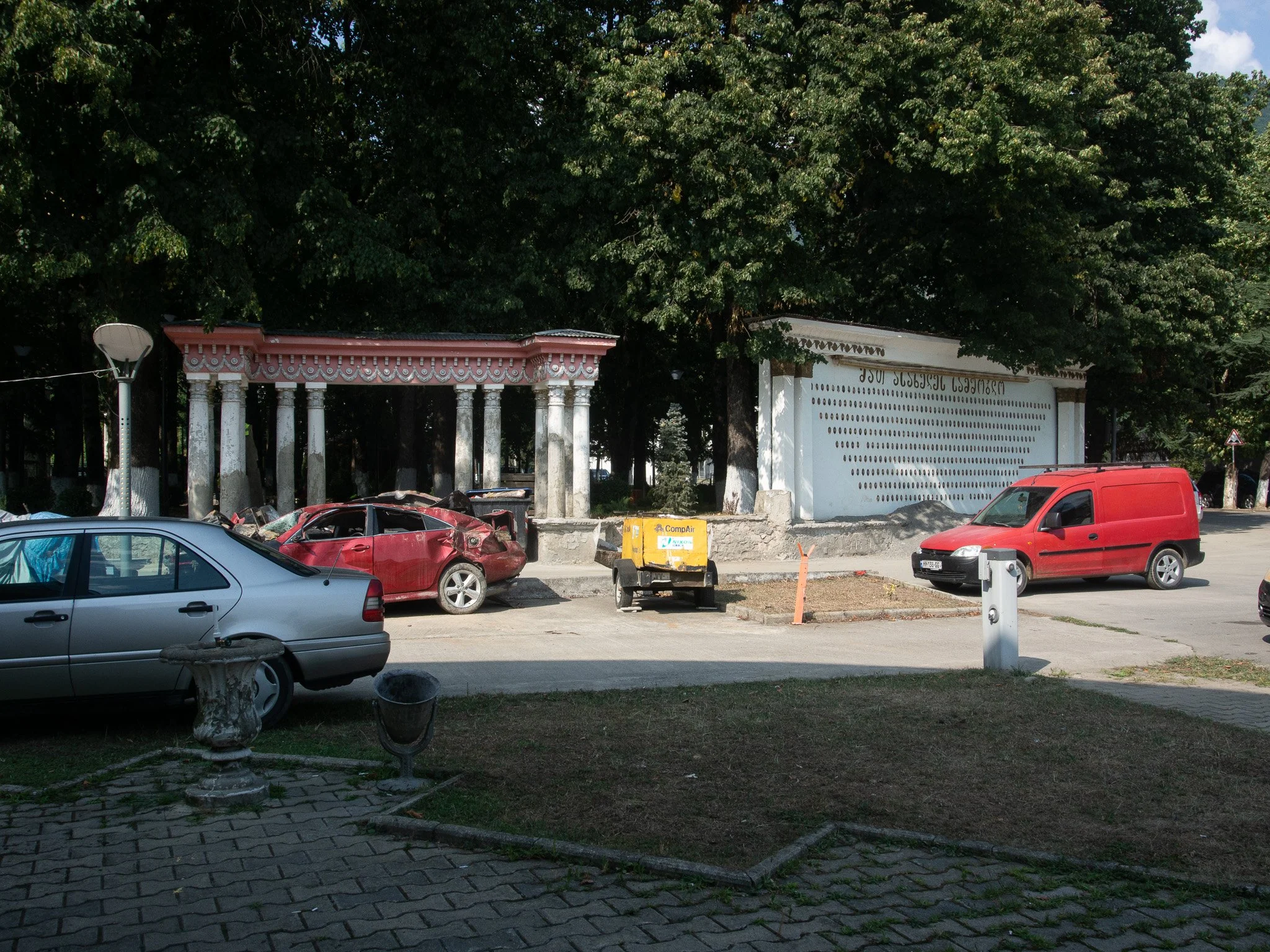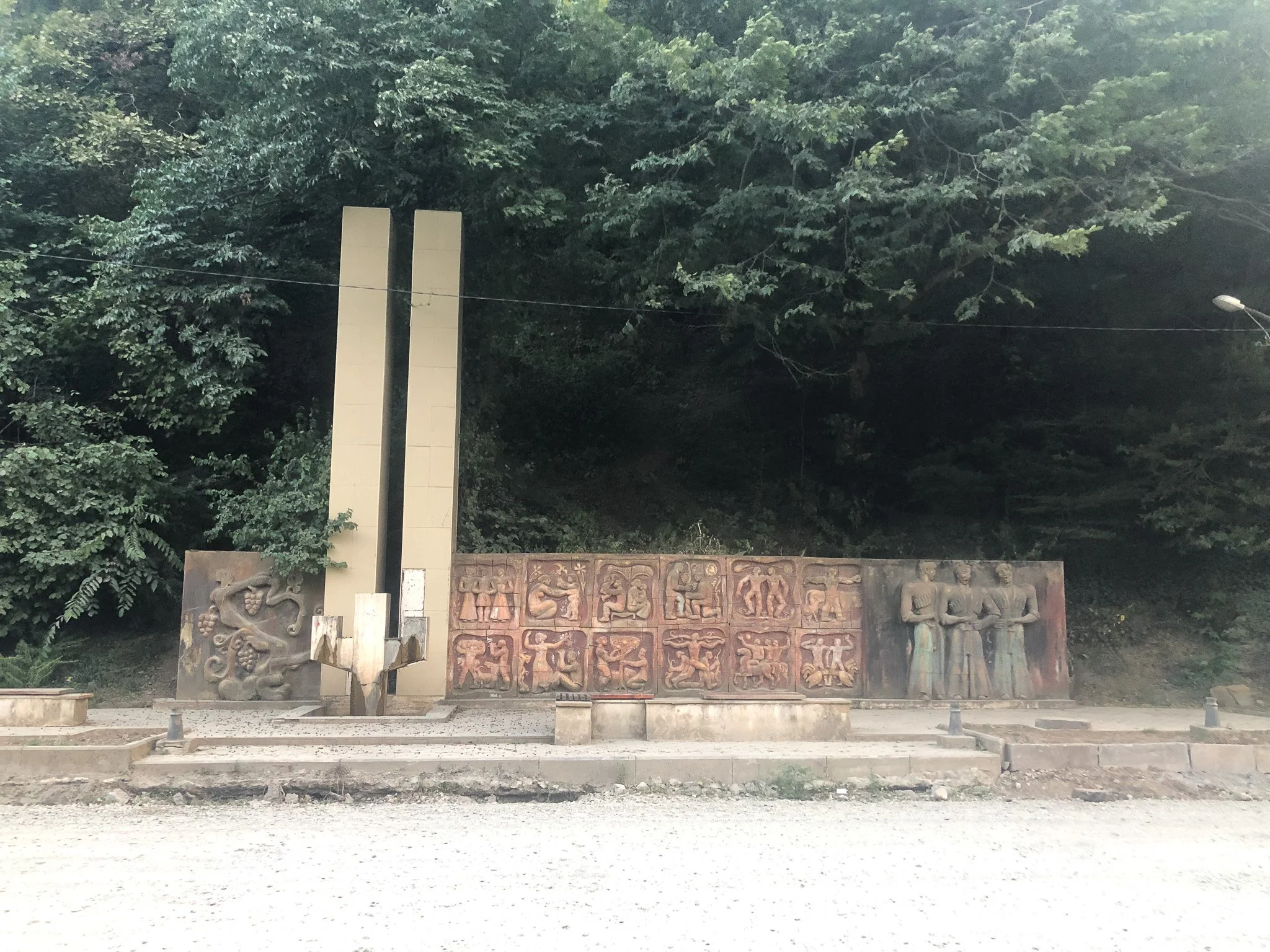Soviet War Memorials
Ongoing: 2018 - present
The post-war period of the Soviet Union was re-founded on the myth of the mutual loss, struggle and unity of the people of its diverse Republics fighting the ‘Great Patriotic War’ against fascism and invasion. This offical name for the conflict directly referenced the ‘Patriotic War’ - the Tsarist name for the defence against Napoleon in 1812 and became part of the Russian ‘Cult of War’ at that time.
The Soviet Union was a state built on authoritarianism and violent oppression starting from its early Bolshevik revolutionaries who forced the submission of nations such as Georgia into its early Union.
In Georgia, for example, their newly independent democratic state fought a war against the Bolsheviks invading from Azerbaijan and the Caucasus regions of Russia to the north. They were defeated militarily and the puppet Soviet government was installed. Over 30,000 Georgians are known to have been killed in order to maintain this unpopular government.
In the immediate post-war period, accusations of collaboration (often entirely and provably unfounded) justified the imprisonment of thousands of citizens including the violent deportation of entire ethnic groups (such as Poles) and even the whole population of some regions (notably Chechnya, Ingushetia and Crimea) to be replaced by people of less troubling ethnic groups such as Russians. Stalin himself said there were too many Ukrainians to deport; they instead were subjected to ‘purges’ of murder or arbitrary imprisonment in the gulags, many of which acted as death camps.
These war memorials straddle a strange space in modern Georgia and other independent countries. They memorialise the relatives and family members of people often still living in their locality, yet in an age of independence, they memorialise one of the key pillars of the authoritarian, neo-Imperial system of oppression that was institutionalised under Soviet propagandised culture and memorialisation.
















